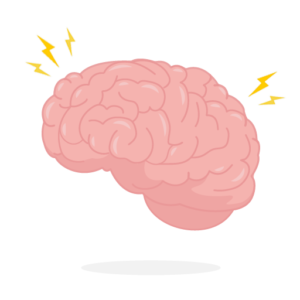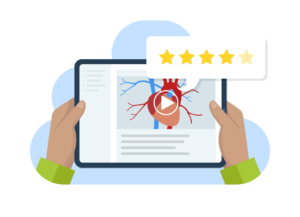 In the world of health care, patient leaflets play a crucial role in informing patients about their conditions, treatments and self-care. But have we ever considered that these leaflets, meant to help, can also unintentionally contribute to cognitive overload?
In the world of health care, patient leaflets play a crucial role in informing patients about their conditions, treatments and self-care. But have we ever considered that these leaflets, meant to help, can also unintentionally contribute to cognitive overload?
Let's dig deeper into this topic and discover how to improve patient education.
The cognitive load theory
Cognitive load theory explains how we process information. In essence, it deals with the mental effort required to understand and apply information. With patient leaflets, this load can be high, especially due to:
- Complex medical terms
- Unclear presentation
- An abundance of details
These factors often make it difficult for patients to really grasp the information and put it into practice.




